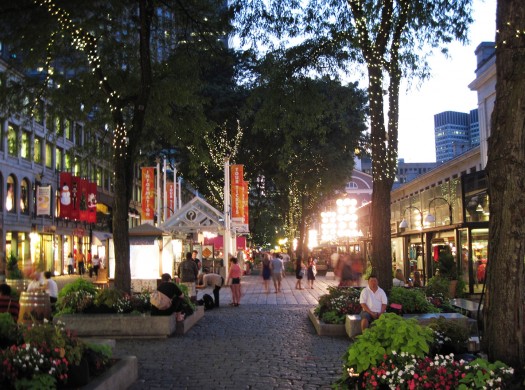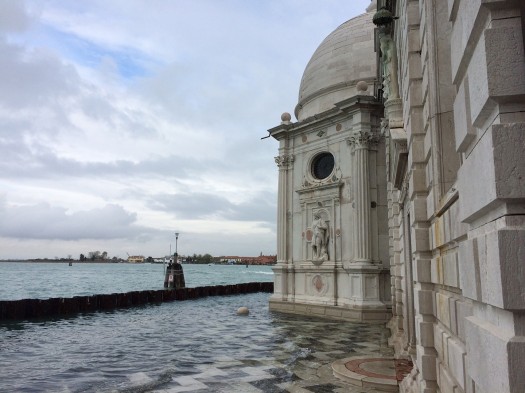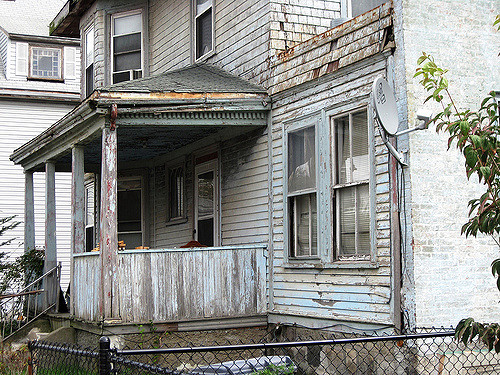Posts Tagged ‘sustainability’
After the Plague: Go Big or Go Backwards?
This is the first of several posts planned for the next few weeks on lessons we’re learning from the pandemic and how local and regional governments might respond – not only to the crisis itself, but also to weaknesses in policies and processes COVID-19 exposed. Let’s start with an understatement: Community development leaders – whether…
Read MoreTen key ingredients of a green and healthy community
If someone asks what a green community, or a healthy one, means to you, what comes to mind? I’m willing to bet that for most people it is the visible and tangible aspects: a lovely city park, perhaps, or mature street trees, or bicycle lanes on a city street. If you’re a bit more wonky,…
Read MoreHurricane Harvey provides a sober reminder that resilience is about mitigation and adaptation
Most of us faraway bystanders are observing Houston’s response to Hurricane Harvey with concern at the devastation as well as encouragement at the stories of compassion. With sympathy to the current human suffering from Harvey, we are wishing Houstonians continued strength, fortitude, and safe passage this week. No amount of comprehensive planning or zoning reform…
Read MoreBalancing the Scales of City Sustainability
I spend virtually all my professional time thinking about the intersection of human settlement and environmental sustainability. I am particularly interested in the built environment of American cities, towns, and suburbs – what I like to call our “people habitat” – and how it relates to the natural world. How can we make these two…
Read MoreCoding for Character: Doing away with the zoned out nature of our cities
Having lived in six 100-year-old homes over the last 25 years, autumn always makes me carefully consider what it takes to keep these beautiful elders operational and up-to-date. As we were going through the process of winterizing this year, I am reminded of our recent attempt to modernize by making one small addition that would…
Read MoreLet’s Get Metaphysical: Considering the value of soul in redevelopment
Not so long ago, in a conversation about technology and green building, there was mention of some high-tech green building models coming out of Europe. Models that, according to reports, perform so well that even if you factor the embedded energy of a previous structure torn down to accommodate them, they still come out ahead.…
Read More[Holiday Leftovers] Confessions of a Former Sprawl Addict: Speed Humps on the Road to Recovery
[Originally run Sept. 17, 2010] Hi. I’m Hazel and I was a Sprawlaholic. If you’ve been reading awhile you may recall that, with the loving help of my friends and family, I went cold turkey, dumping life in a Florida subdivision for the intense urban charms of downtown Winnipeg. It was a life-changing move with…
Read MoreSustainability: What’s in a word?
The places we inhabit are rarely if ever arbitrary. They’re the products of intention. Personal. Economic. Environmental. Religious. We choose for ourselves, individually and collectively, the kind of places we want and — through leadership, policy, investment, advocacy, action and, at times, inaction — those places begin to take form. It’s a complicated dance of…
Read MoreNext Urbanism Lab 04: Dare to live outdoors
As we re-populate our downtowns, and watch the crime statistics drop, people are seeing safety in numbers. Jane Jacobs was right about eyes on the street reducing crime. With the sense that it’s indeed safe to be in cities again, it appears that citizens are re-learning how to be connected in an urban context. Downtown’s…
Read MoreCan Cities Help You Forget Your Troubles? C’mon, Get Happy!
In most physical and policy planning, triple bottom line benchmarks focus on environment and economy, and tend to skim over the subject of society. That’s probably because urban design impacts are much easier to measure with respect to profit and planet than they are with respect to people. Any good MBA professor preaches, “What gets measured gets done.” For…
Read More




